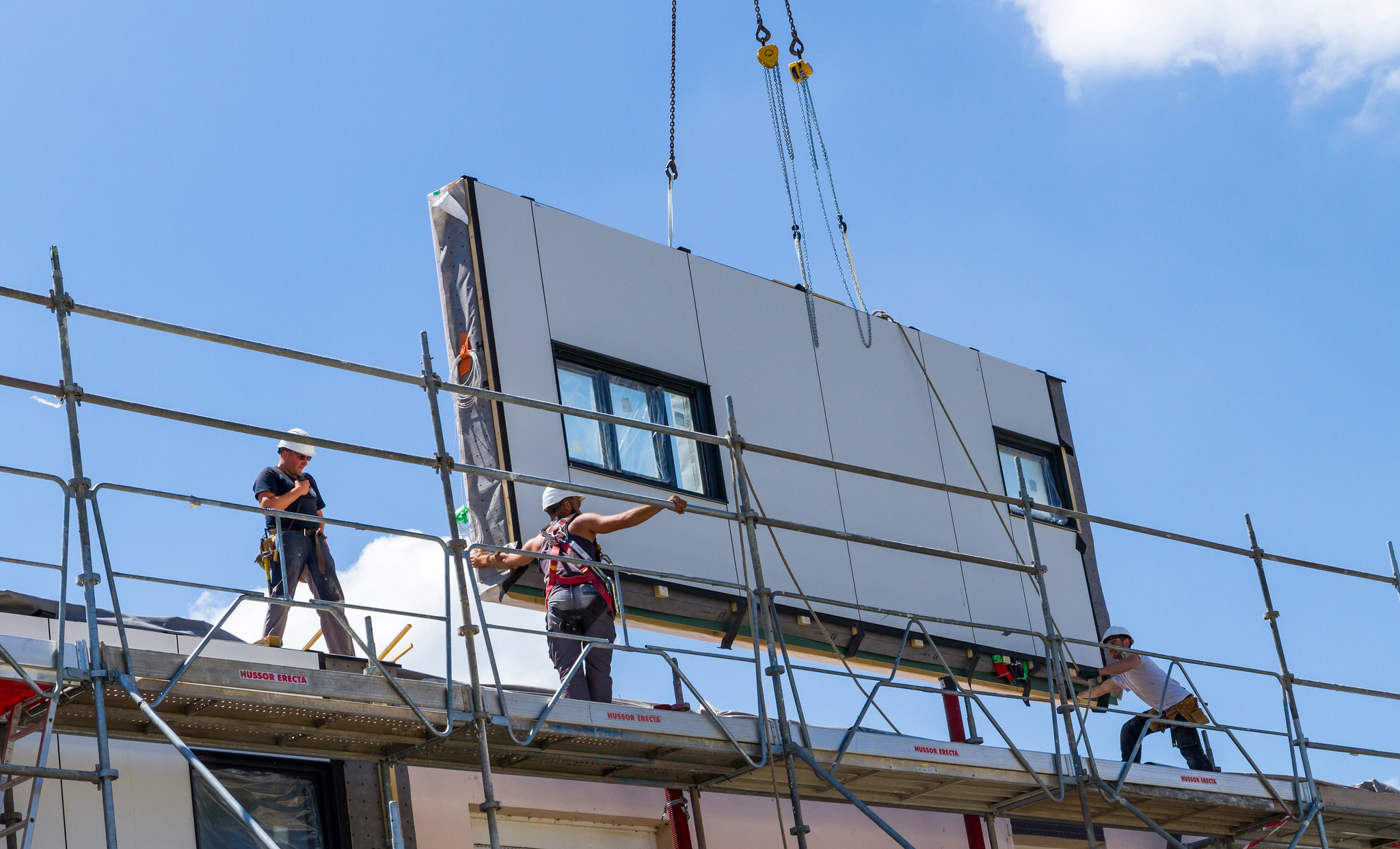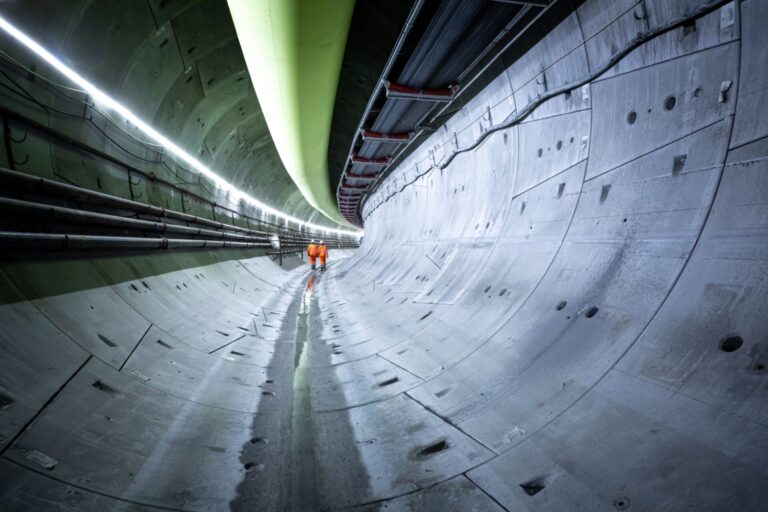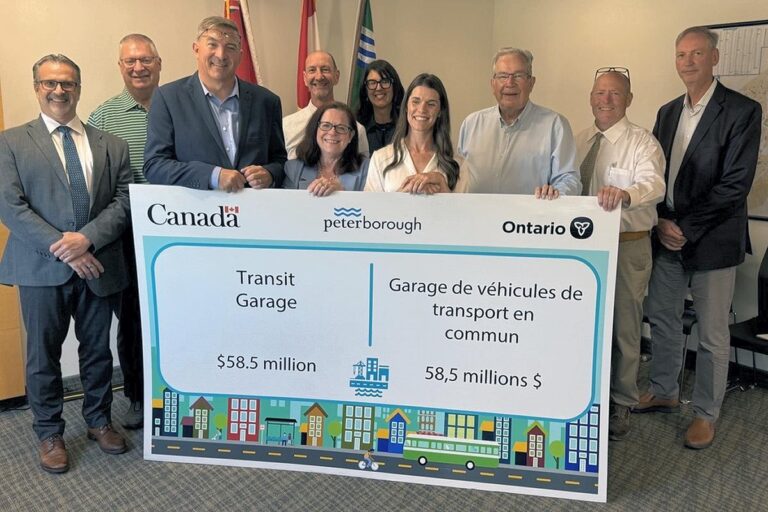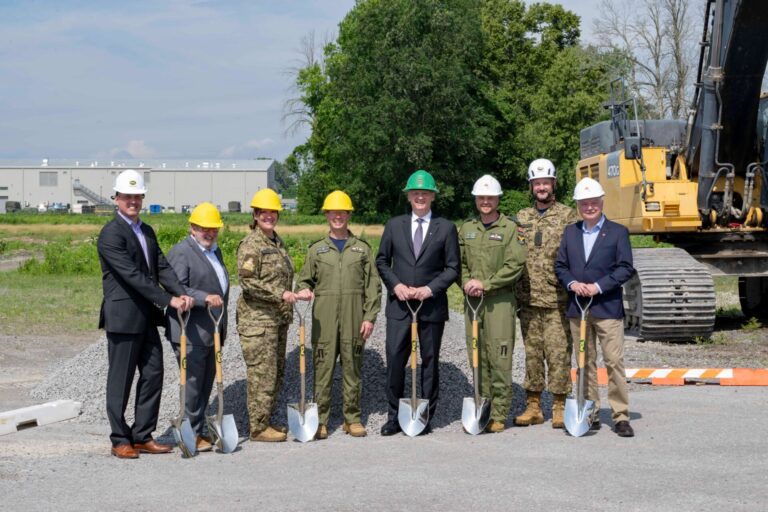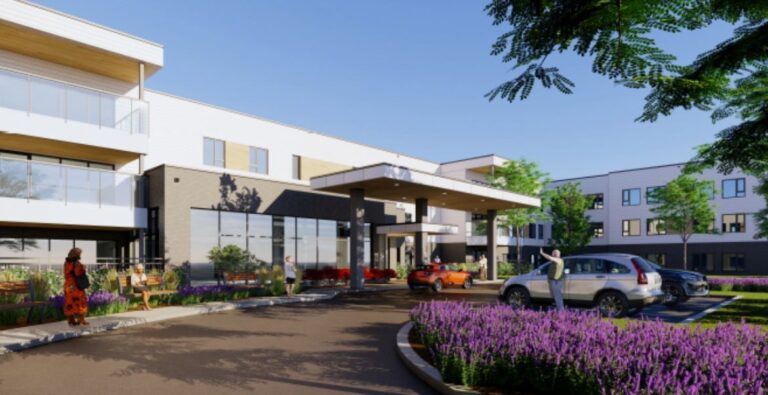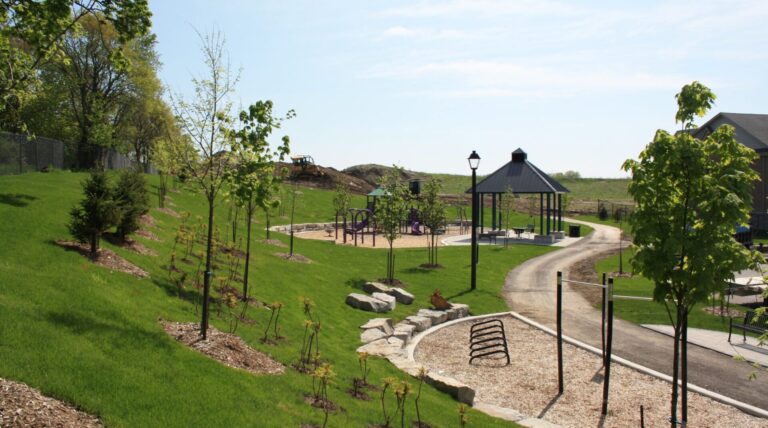The Canada Green Building Council (CaGBC) released findings from a new study designed to supercharge deep carbon retrofit activity and accelerate the decarbonization of Canada’s large buildings.
Decarbonizing Canada’s Large Buildings: A Pathway Forward will help equip Canadian building owners and policy-makers with the information needed to accelerate deep carbon retrofits. It is estimated that retrofits of large buildings can reduce building-sector emissions by up to 21.2 million tonnes of CO2e by 2030. Although the potential and importance of deep carbon retrofits are generally known, implementation at the building level has not been clear.
“The Government of Canada is taking real action to fight climate change,” said Mona Fortier, President of the Treasury Board of Canada. “Now, we must go further, faster. This is the moment for bolder climate action and working together to achieve our common goals is critical. As managers of the largest real property portfolio in Canada, the “Decarbonizing Canada’s Large Buildings” study will help us achieve our greening government goal of net-zero emissions by 2050.”
Decarbonizing Canada’s Large Buildings enables policy-makers and the building sector to implement deep carbon retrofits by clarifying the cost of building retrofits, and the potential energy savings and carbon reductions. Of the 50 different building archetypes studied, all are able to achieve deep carbon reductions. Most can even achieve zero carbon today, while all are positioned for the clean electricity grids of the future.
The study provides actionable pathways to help these building types reach decarbonization. To do so, building owners will have to reduce or replace fossil fuel used for space heating and domestic hot water, implement energy-demand reduction measures, and install renewable energy systems.
“For Canada to achieve its climate targets, it will be critical for owners and operators to decarbonize hundreds of millions of square meters of buildings leading up to 2030 and 2050,” added Thomas Mueller, President and CEO, Canada Green Building Council. “Decarbonizing Canada’s Large Buildings provides building owners with a roadmap to upgrade equipment, improve management practices, undertake deep retrofits, and use clean renewable energy to get to low carbon performance. We’ve shown decarbonization is possible, and how government support can improve the business case to enable retrofit at scale. Now we must get it done.”
The most cost-effective way is to complete deep carbon retrofits and upgrades as part of the normal building renewal cycles. For high-impact retrofits like enclosure and heating system upgrades, planning ahead is essential. Owners might have one opportunity over the next 30 years to align deep carbon retrofits with the building’s renewal plan. This should serve as a call to action for building owners to leverage the study’s findings and systematically develop transition plans for each of their assets.
Overall, most building types will achieve a positive rate of return when deep carbon retrofits are carefully timed with regular building renewals. Nearly all office buildings can get to net zero carbon operations today and achieve a positive business case. For all buildings, the business case will only get stronger as the cost of carbon rises, and technologies are more readily available at a lower cost.
Canada’s large buildings include more than 100,000 institutional, commercial, and industrial buildings over 25,000 sq ft and over 1.2 million residential units in buildings over five storeys. Decarbonizing them will require government support at all levels. For example, multi-unit residential buildings and schools, will require targeted government policies and strategic investments to decarbonize cost-effectively. Governments must also step in and step up by developing or strengthening mechanisms to encourage retrofits, such as mandatory building performance requirements, incentives, rebates and supporting programs, as well as by investing in low-carbon skills training, and encouraging sound procurement pathways.
Featured image: (Energiesprong International/Fabrice Singevin)

